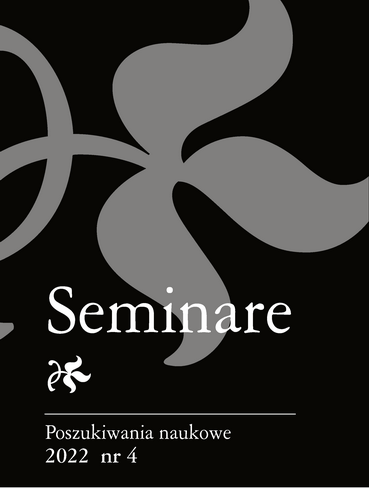„DOM KSIĘŻY POLSKICH” W TRUSKAWCU JAKO GŁÓWNY OŚRODEK WYPOCZYNKOWY DUCHOWIEŃSTWA POLSKIEGO W LATACH 1923-1939
THE HOUSE OF POLISH PRIESTS IN TRUSKAVETS AS THE MAIN HOLIDAY CENTER OF THE POLISH CLERGY IN THE YEARS 1923-1939
Author(s): Stanisław PiekarskiSubject(s): Social history, Interwar Period (1920 - 1939), Sociology of Religion
Published by: Towarzystwo Naukowe Franciszka Salezego (TNFS)
Keywords: Truskavets; “Księżówka”; “House of Priests”; rest house; tourism; clergy; priests;
Summary/Abstract: When Poland regained independence in 1918, there was a need to start a battle for the health of its citizens, mainly for the elimination of the ubiquitous tuberculosis. The reborn state could not afford large-scale activities aimed at creating a health prophylaxis system by building treatment infrastructure. Under such circumstances, many rest homes, health centres and even sanatoriums were created and maintained under the voluntary taxation of citizens. One of the first centres of this type was founded in 1922 by Roman Catholic clergy in Truskavets.The three “Księżówka” retreat houses, opened before the outbreak of World War I, on the territory of the Austrian partition, were a kind of role model for them. The first Tarnów diocese was launched in 1897, in Szkolna street in Zakopane. The second one was established in 1901 in Worochcie. The Association for Mutual Help of Priests, established in 1891 in Lviv, played the role of the initiator and “investor”. In 1910 a similar facility was opened in Zakopane. It was the work of the Association of the Health House for Priests, established in Krakow in 1891. The “Księżówka” in Truskavets, organized in the villas “Hospice” and “Maria Helena”, functioned until the end of the interwar period.
Journal: Seminare. Poszukiwania naukowe
- Issue Year: 43/2022
- Issue No: 3
- Page Range: 195-222
- Page Count: 28
- Language: Polish

